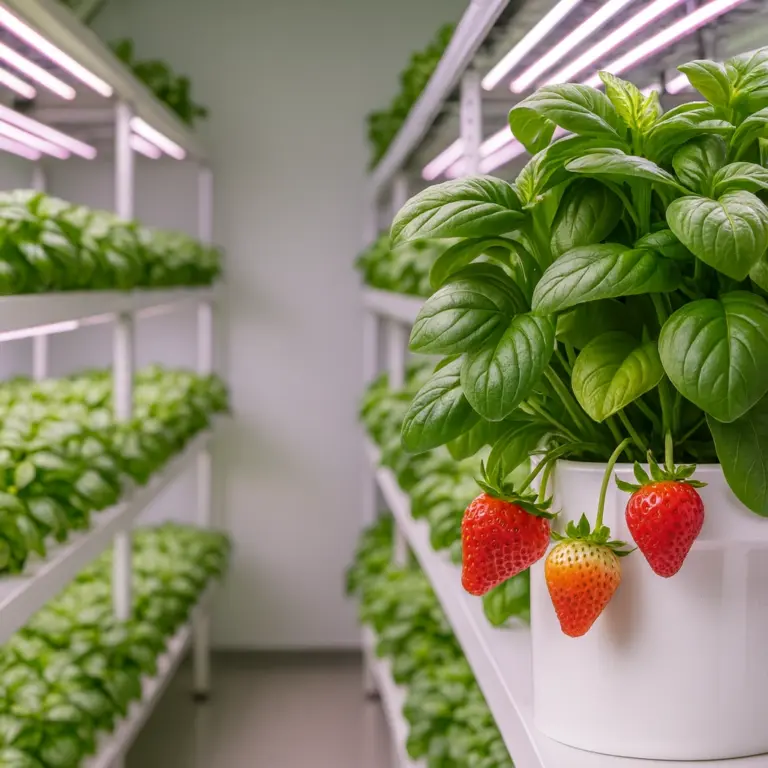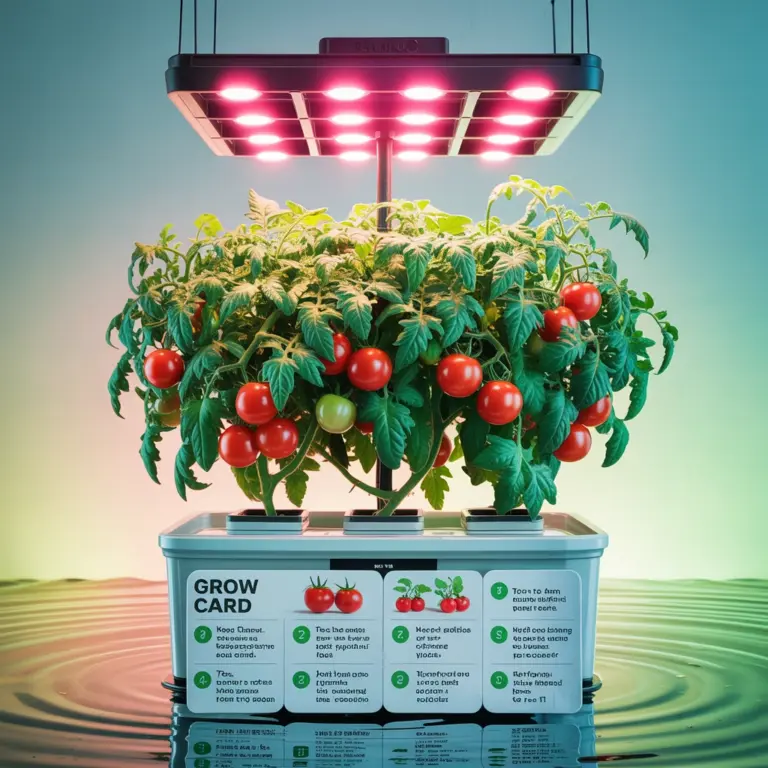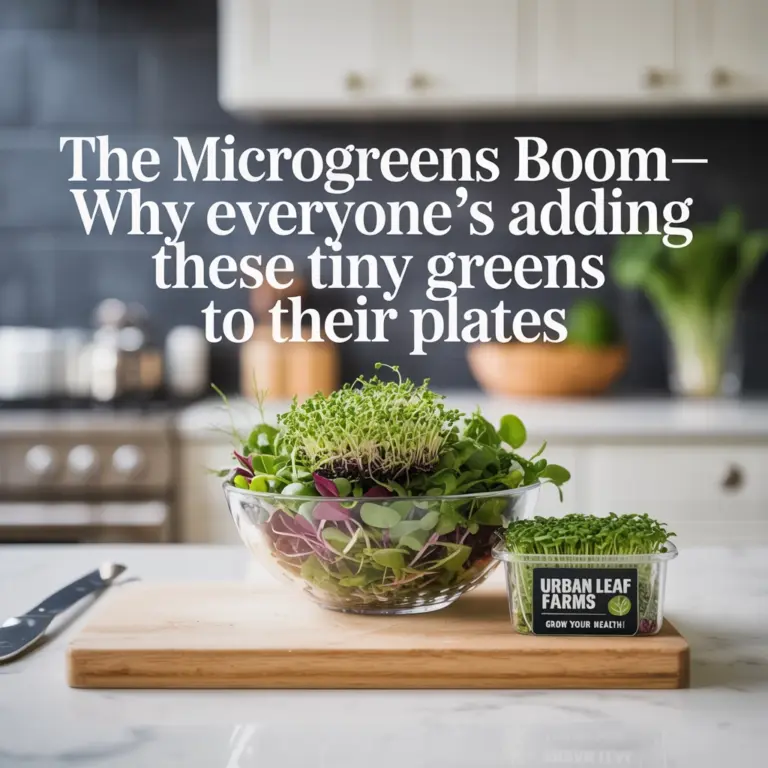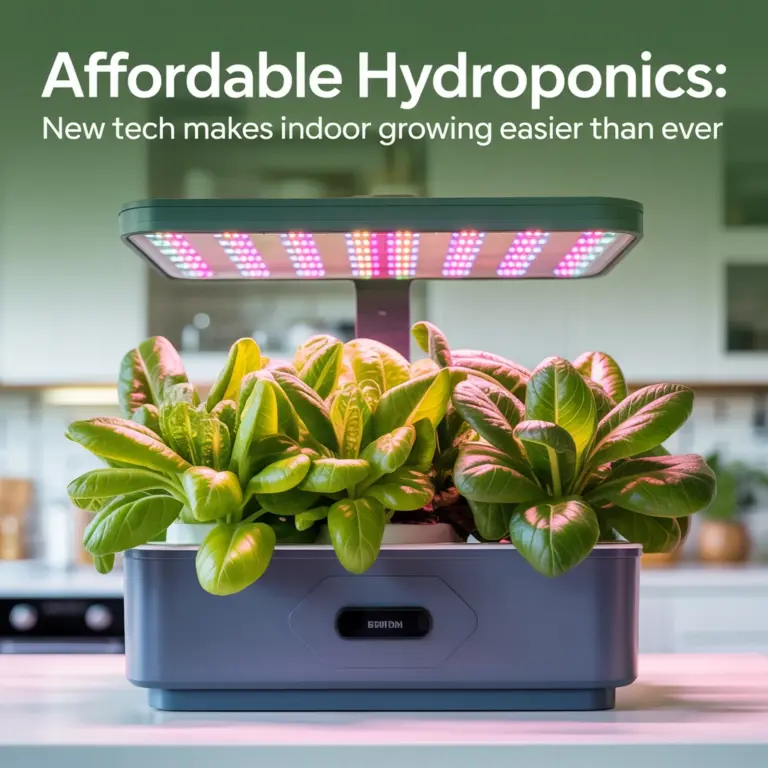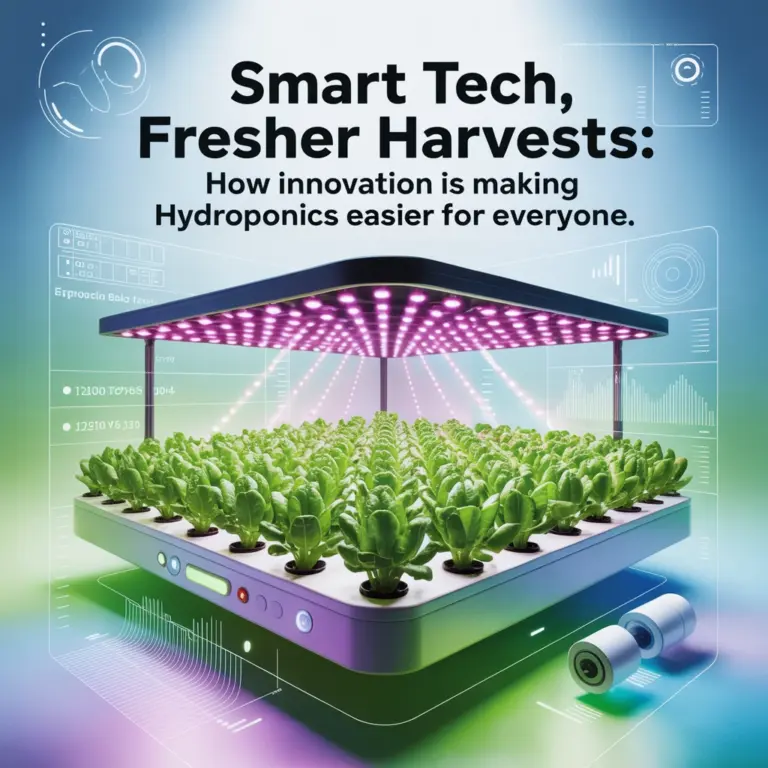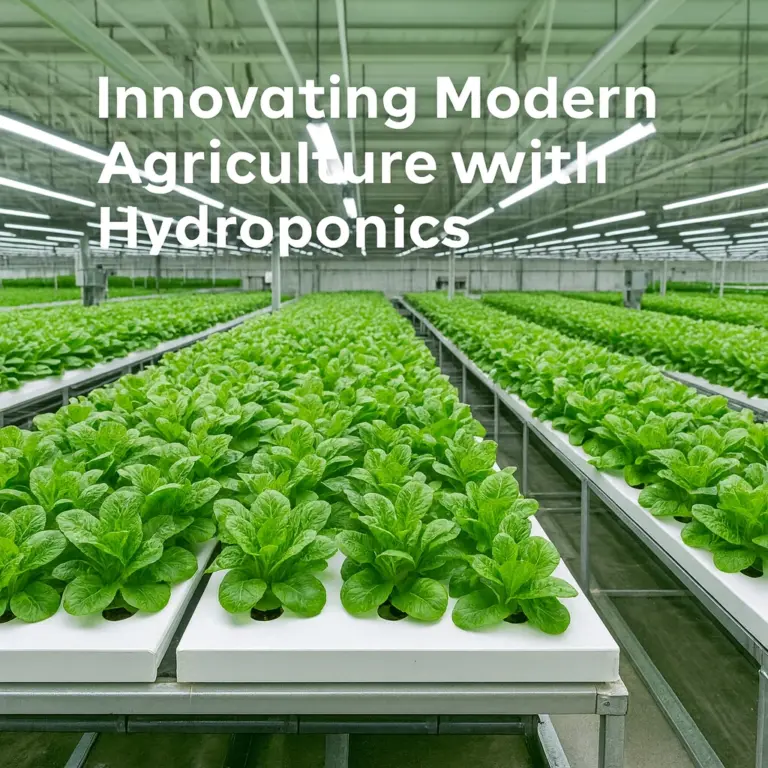Indoor Hydroponic Gardens: Are They the Future of Homegrown Food?
Technological Advantages: How Indoor Hydroponics Change the Game
If you’ve ever wished you could eat fresh summer lettuce in January or vine-ripened tomatoes while there’s snow on the ground, indoor hydroponics probably hold some real appeal. What makes these systems so different? The answer lies in their full control over the environment and the smart ways they deliver everything a plant needs—no soil required.
Unlike traditional gardening, hydroponic setups let you set up custom micro-climates for each crop. Want to keep your spinach crisp and cool at 55°F while letting basil bask in 75°F warmth on the shelf above? You can adjust the lighting, temperature, and humidity for every plant. This not only boosts plant health, but makes it possible to grow crops year-round—regardless of weather, season, or geography.
Plants in hydroponic gardens grow up to 30-50% faster than their soil-grown cousins, mainly because their roots don’t have to go searching for water and nutrients. Instead, a nutrient-rich solution flows directly to the roots, giving the plant more energy to focus on leaf, fruit, or flower production. For folks who want results, it means bigger harvests, sooner. Some systems can produce more than 25 pounds of fresh greens every 28 days on just a single rack. That’s a salad lover’s dream.
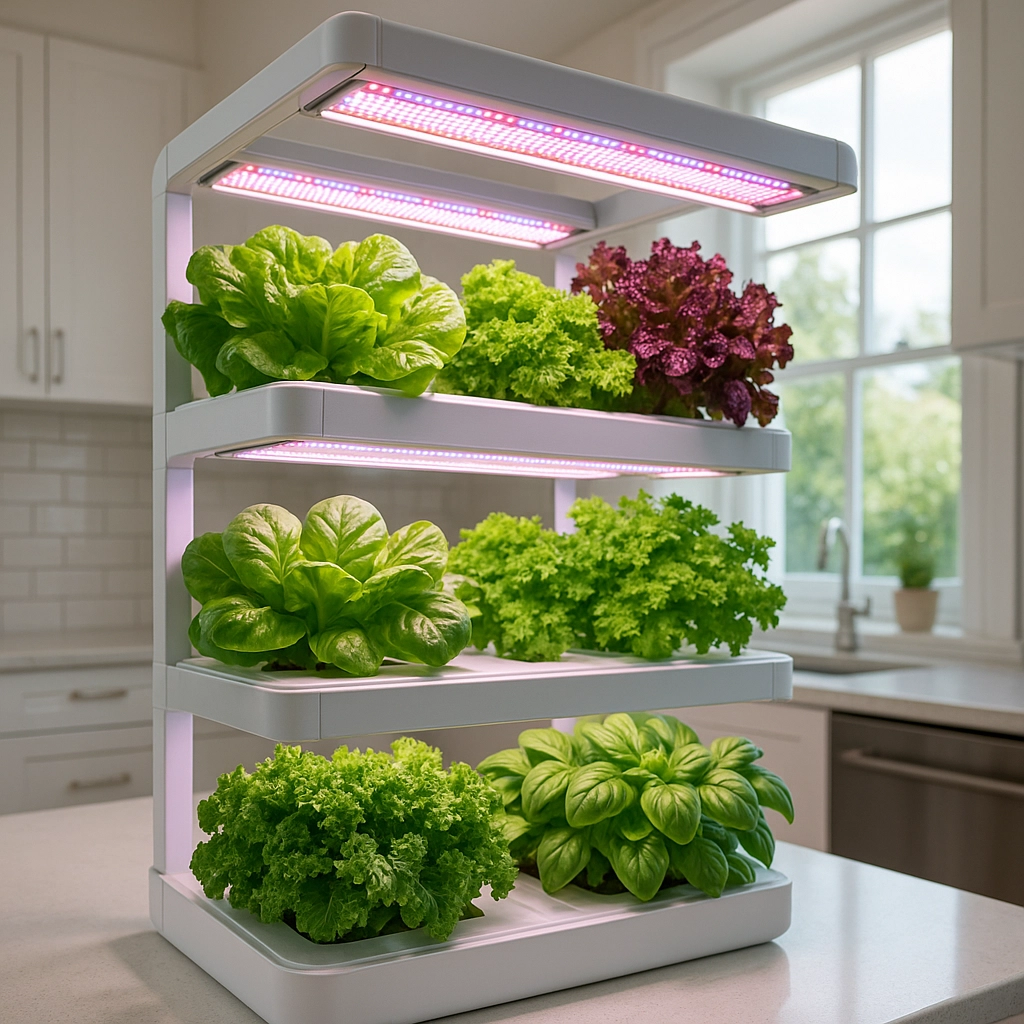
Sustainability and Resource Efficiency: Big Yields, Small Footprint
It may surprise you, but hydroponic systems use dramatically less water than growing plants in soil—sometimes cutting water use by up to 95%. In regular gardens, a lot of water never even reaches the plant roots. It evaporates or runs off, taking valuable nutrients with it. Hydroponic systems recirculate water through clever plumbing, so nearly every drop is put to work. Et voilà—maximum refreshment, minimum waste.
Because hydroponic roots don’t have to hunt for food, you can space plants much closer together. Vertical farming is the name of the game: stacked layers of lettuce, herbs, or strawberries use every inch of footprint efficiently. This is perfect for city dwellers, people with small yards, or anyone wanting to turn a garage or spare bedroom into a veggie powerhouse.
Urban environments and places where the soil is rocky, sandy, or simply nonexistent get new hope. Hydroponic gardens unlock food-growing potential in deserts, dense downtowns, or chilly climates where outdoor gardens get frozen out for months at a time.
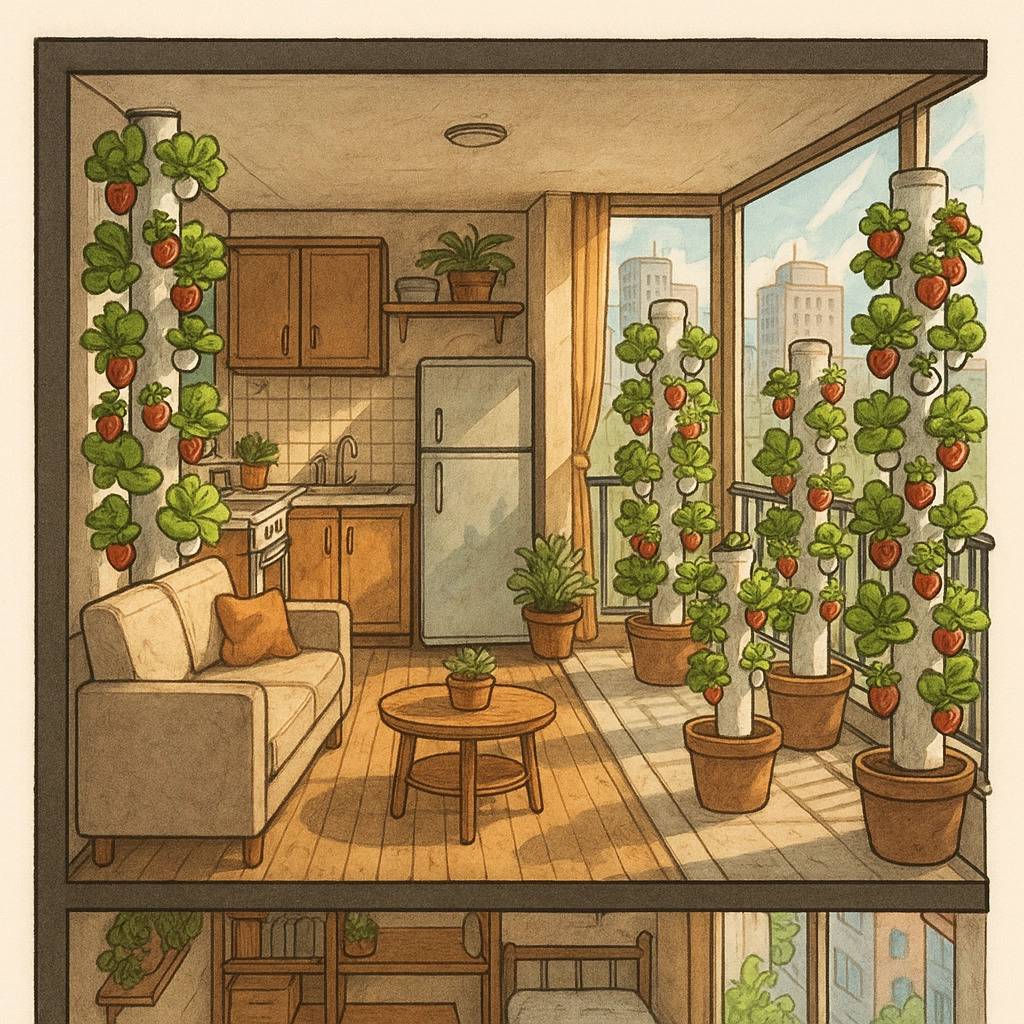
Food Security: Predictability in Unpredictable Times
Traditional farming is risky. All it takes is a surprise frost, a hot spell, or a sudden bug outbreak, and months of work can go to waste. Indoors, hydroponic gardeners sidestep most of those headaches.
First, yields are more predictable. You’re not beholden to quirky seasons or the unpredictability of climate. Instead, every cycle happens on your schedule. For families and communities worried about food prices or shortages, that’s a huge deal.
Second, growing indoors keeps most pests and diseases outside. Hydroponic setups without soil don’t harbor soil-borne diseases, and sealed spaces reduce the threat of bugs. Fewer pests means you need fewer pesticides, so your homegrown food is not only fresher, but cleaner and safer.
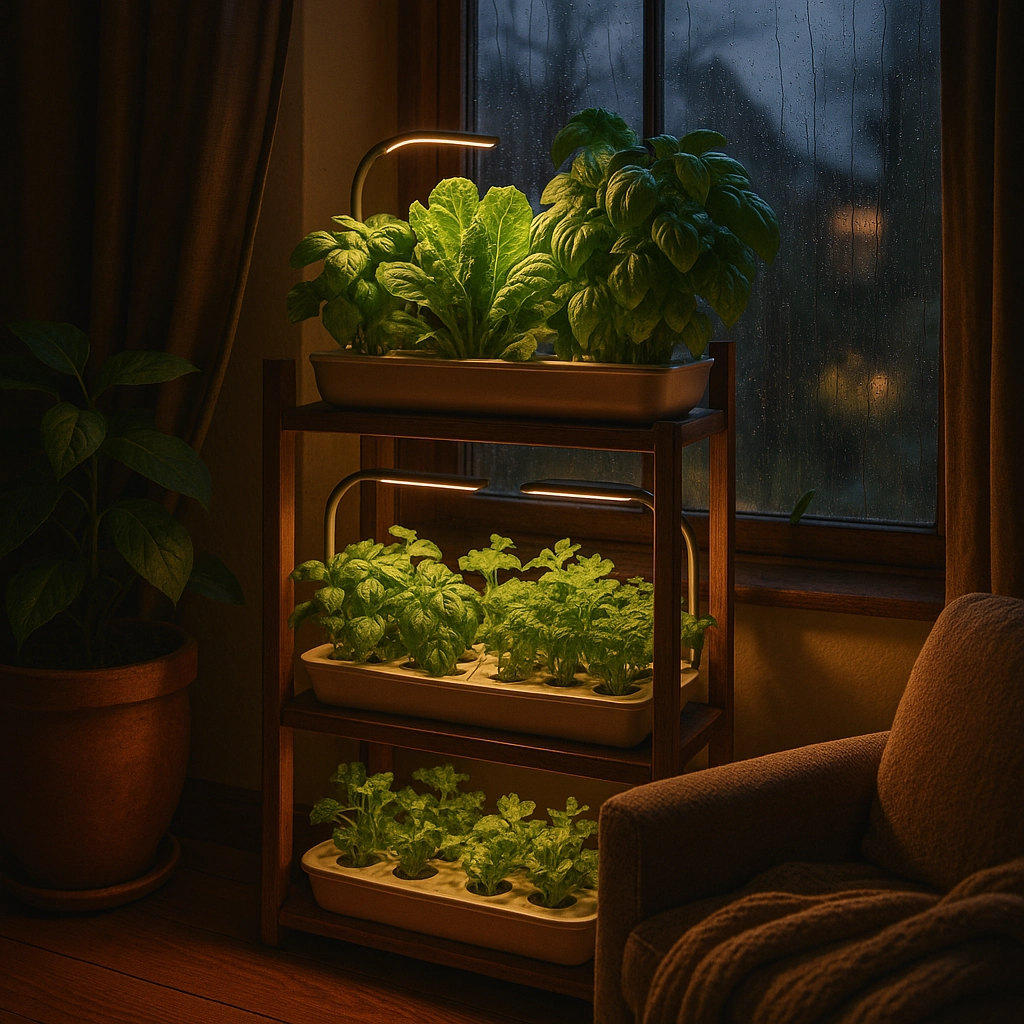
Everyday Simplicity: Lower Maintenance, Less Mess
Soil gardening can be a lot of work—testing pH, hunting for weeds, fighting pests, and fretting over irrigation lines. Hydroponic systems, especially “smart” models, do away with much of that extra effort.
Instead of lugging bags of compost, you add measured amounts of nutrient solution directly to your tank. The system keeps everything balanced. Most hydroponic gardens can be checked on once or twice a week. And since there’s no dirt, there’s no mud to track around the house.
With kits and towers more available than ever, anyone can start—no green thumb needed. Schools, restaurants, and apartment dwellers are all getting in on the fresh-produce action. Even places with no backyards or where winters are harsh can now enjoy greens all year long.
Real-World Impact: Hydroponics Beyond the Backyard
While home gardeners might be looking for tastier salads, the global impact of indoor hydroponics is hard to overlook. In places like the Caribbean or Alaska, where importing fresh food is expensive and logistically challenging, hydroponics is already changing what’s possible. Growing food locally, even in the “off season,” means stores (and families) rely less on trucks and planes shipping produce from around the world.
Cutting down long-haul transportation not only means foods are fresher, but it reduces the carbon emissions tied to our food system—an important bonus for anyone thinking about their environmental footprint.
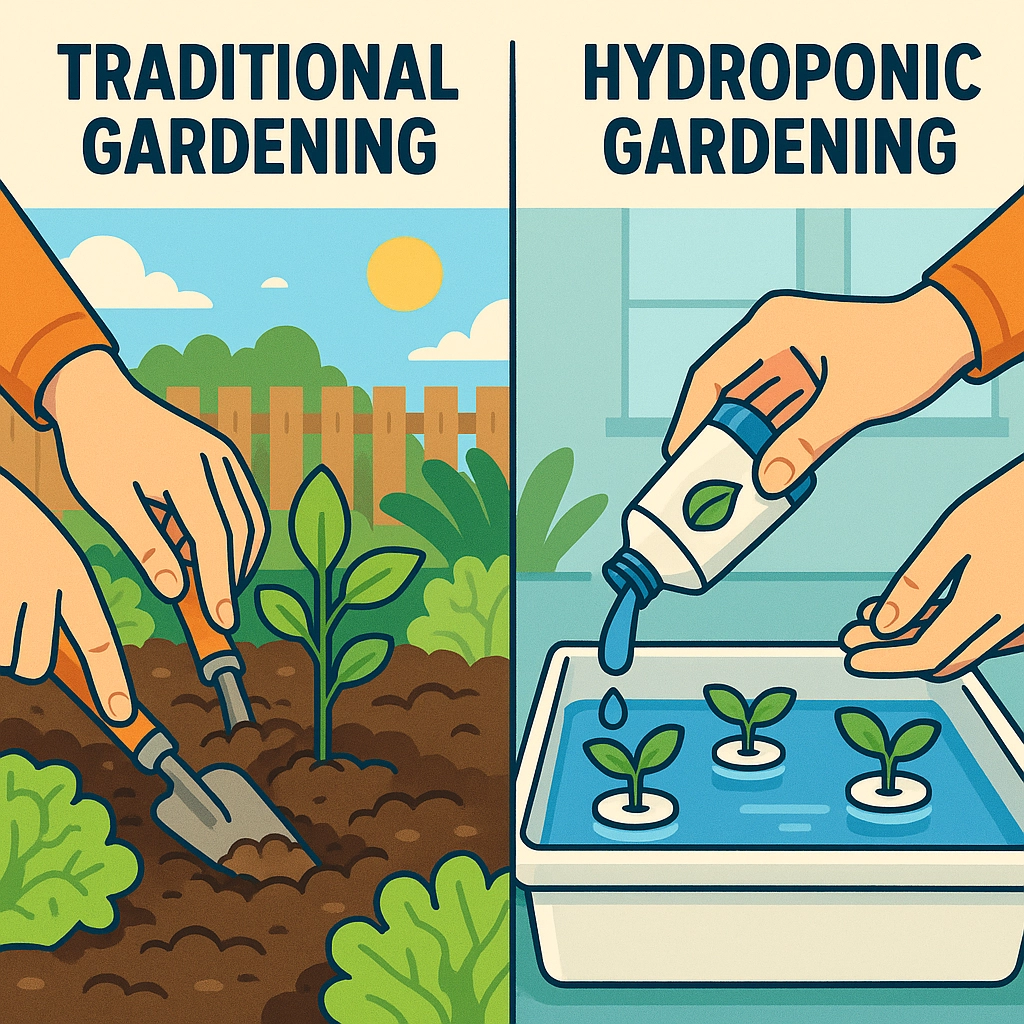
Will Hydroponic Gardens Replace Traditional Gardening?
It’s unlikely home hydroponics will totally replace traditional gardening—but that’s not really the point. Instead, indoor hydroponics are an amazing supplement. For people in small apartments, places with tough weather, or those who simply want more control over their food supply, hydroponics is a game-changer.
The technology is already becoming easier, cheaper, and more reliable. As systems become even more automated, expect to see more hydroponic gardens in homes, schools, and community spaces around the world.
It’s a future where homegrown food doesn’t depend on the weather, the climate, or even the size of your backyard. Pretty cool, right?
